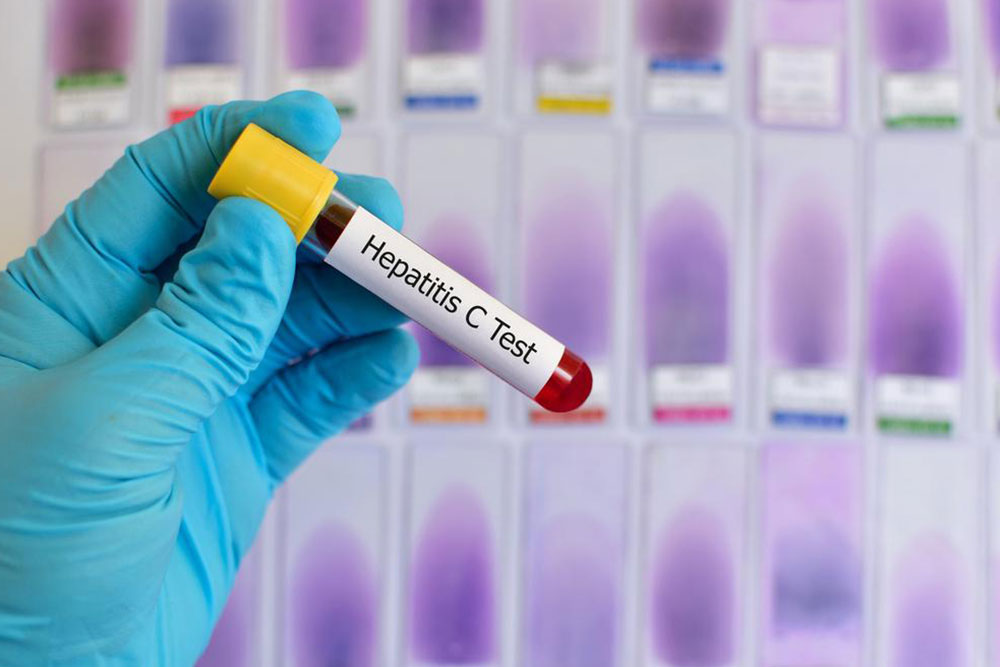Recognizing Early Symptoms of Huntington’s Disease
This article provides an in-depth guide to recognizing early signs of Huntington’s disease, a genetic neurological disorder affecting movement and mental health. Early detection is vital for managing symptoms and improving quality of life. Key symptoms include involuntary movements, memory loss, mood swings, and coordination issues. The disease progresses through three stages, with increasing dependency over time. Understanding the genetic nature and stages of Huntington’s disease can help individuals seek timely medical intervention. Stay informed about symptoms and consult healthcare professionals for proper diagnosis and care.

Huntington’s disease (HD) is a progressive, incurable neurological disorder that leads to brain cell degeneration. It is inherited and significantly impairs a person's ability to function normally. The disease impacts movement, cognition, perception, and can lead to psychiatric conditions such as depression, obsessive-compulsive behaviors, bipolar disorder, and manic episodes. Individuals may struggle with basic tasks like walking, speaking, and thinking, becoming increasingly dependent on others. Over time, all nerve cells in the brain may be affected.
Approximately 1 in 10,000 Americans are diagnosed with HD, typically between ages 30 and 40. Recognizing early warning signs is crucial for managing the disease effectively.
Early symptoms include:
Clumsiness and uncontrollable movements such as jerking and tremors
Short-term memory issues
Difficulty walking or maintaining balance
Reduced emotional expression
Depressive episodes
Concentration problems
Sudden mood swings, irritability, or aggressive tendencies
Abnormal eye movements
Sleep disturbances like insomnia
Recurrent thoughts of death or suicide
The root cause of Huntington’s disease is a genetic mutation, passed as an autosomal dominant trait, meaning there's a 50% chance of inheritance if a parent is affected.
The disease progresses through three stages:
Stage 1: Initial phase characterized by muscle coordination issues, involuntary movements, speech difficulties, and mood swings, often requiring precautions for safety.
Stage 2: Movement problems worsen, speech and swallowing become challenging, and mobility declines. Physiotherapy can help manage symptoms.
Stage 3: Advanced stage with complete dependency; individuals may lose ability to walk or speak, though they remain mentally aware. The risk of choking increases, posing a fatal threat.
Note: Our content aims to provide helpful information but is not a substitute for professional medical advice. Consult healthcare providers for diagnosis and treatment options.










